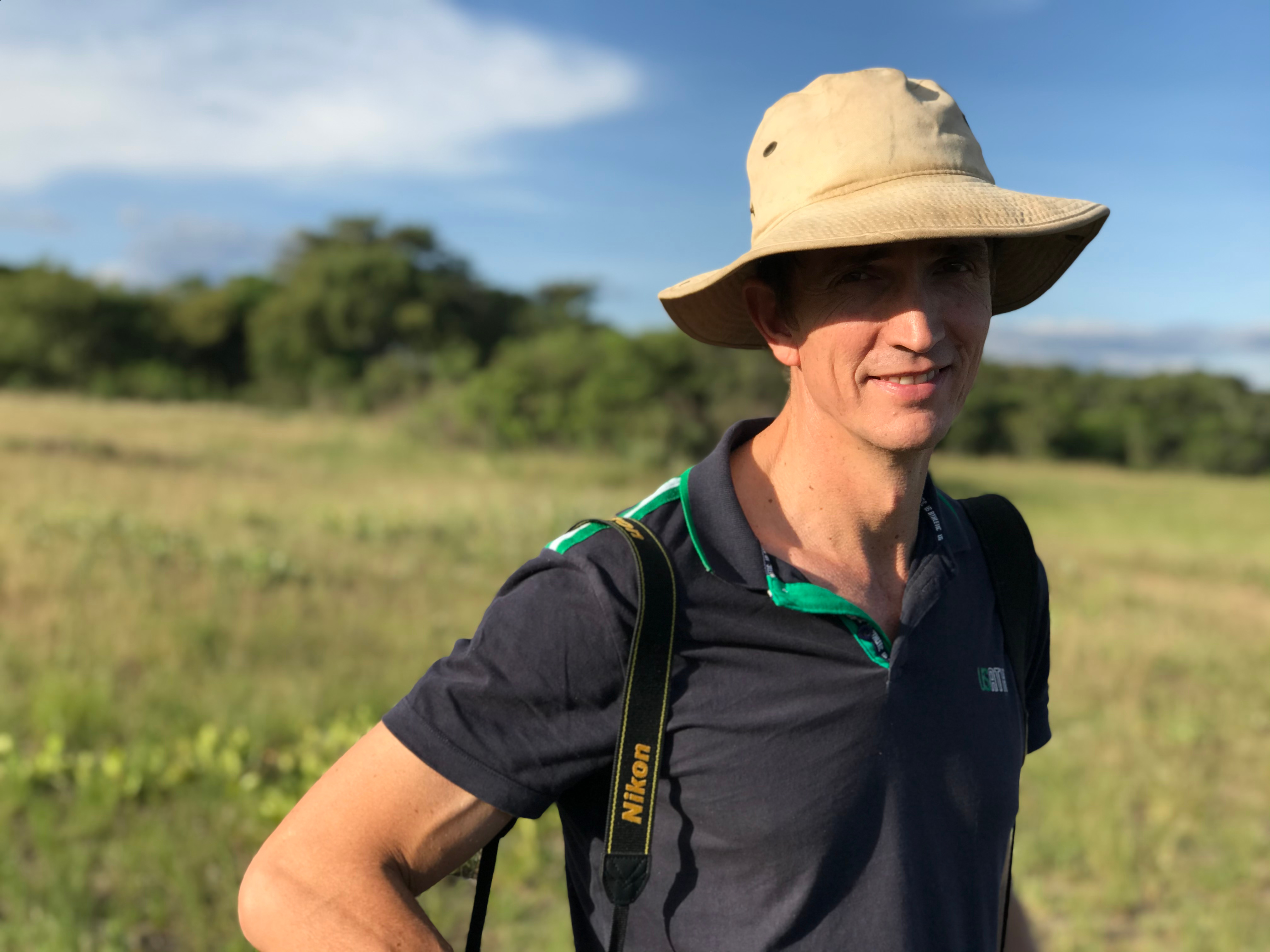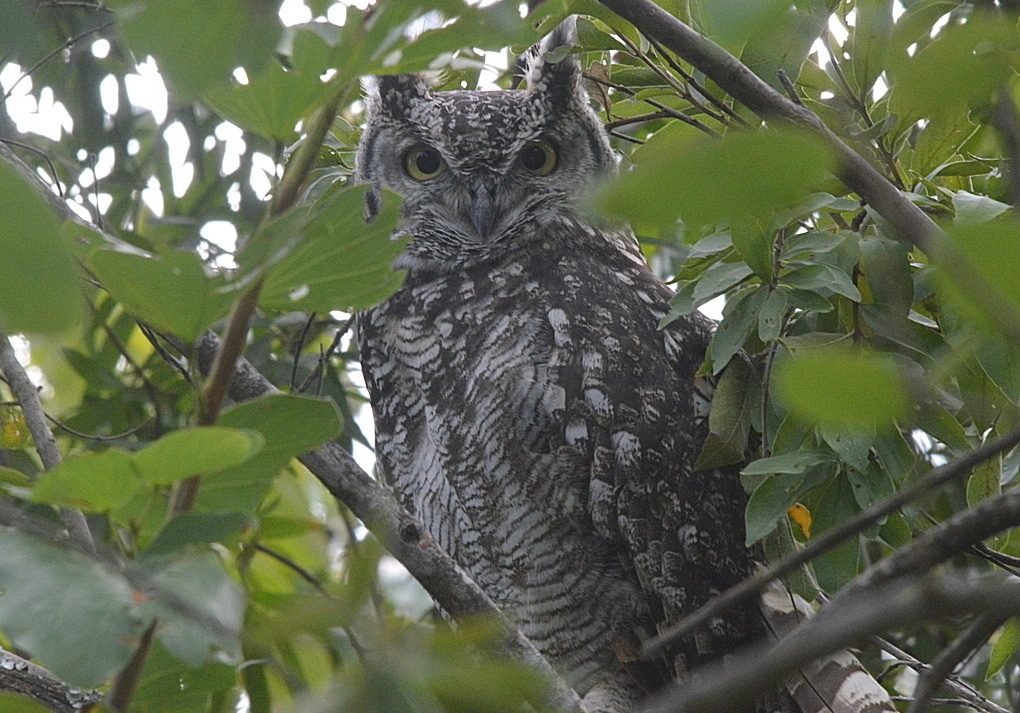A journalist’s tale of nature as inspiration

Ryan Truscott is a Nature Writer, Broadcaster, and Journalist with over 25 years of experience. He recently has contributed stories to the outlets RFI and Mongabay and he resides in Zimbabwe. I caught up with Ryan, a WildHub member since 2020, to chat about why he finds writing about nature so inspiring.
Carolyn Rosevelt (CR): What brought you to WildHub and why do you remain engaged?
Ryan Truscott (RT): The WildTeam, UK course, Project Management in Wildlife Conservation brought me to the WildHub community. I also see the usefulness in remaining engaged in WildHub as it serves as an excellent networking tool. Regarding the stories I write, I know that it would be easy for me to reach out to make connections [in WildHub]. Talking with conservation experts enables me to gain perspectives and carry the stories I write further.
CR: Tell us about your journey in becoming a nature writer?
RT: I served for many years as a foreign correspondent for several international media organizations. However, I first started to write for newspapers and covered politics and other stories. Over the past four years I have turned to reporting on the natural world and science. I noticed the wave of interest in climate change and biodiversity, and these are topics that push me forward. I love the challenge of getting my readers to care when I report on wildlife, i.e., micro frogs in wetlands in South Africa, or a rare population of monkeys living on an extinct volcano in Tanzania. I want to bring hope into my stories.
Lessons learned: The challenge as a journalist is to get your readers “fired up”, interested or even moved about taking actions to preserve natural lands and wildlife.

Image 1. Getting a nature 'fix' in Haka Park, an important wetland and nature reserve in Harare. Photo credit: Kate Chambers
CR: What is your process for engaging with your interviewees and editors?
RT: I pitch stories frequently; you must dazzle your editors and get them excited about a variety of topics. I find myself hoping they are as interested in the story as I am. Then the real work begins to reach out to experts in that field. Often the use of technology like video conferencing and social media helps me create and maintain my connections with the experts I interview. Being able to use technology to remotely interview a leading ornithologist, for instance, allowed me to cover his work researching the impact of climate change on the Red Lark in the Karoo desert of South Africa. I love taking the reader on the journey to meet a new species or conservation landscape and to meet the people protecting them.
Lessons learned: Always ask the subjects you are interviewing to share video clips or audio clips of their time in the field to help you understand their work better and potentially inspire your readers.
CR: What inspires you to write and interview people?
RT: I have been working in print and in radio since 1996. I learned that writing is about maintaining a balance. On some days I am inspired to work [as a writer] by my garden which has beautiful indigenous trees and birds. Particularly, I have observed a spotted eagle owl roosting, and a slender mongoose making its home in a corner of my garden. These things inspire me to be a conservation writer. Being surrounded by nature inspires me. Being a writer is not just being glued to your desk and sitting in your chair in front of your laptop.
Lessons learned: Nature is important to me, I value the natural world, so I write about it.

Image 2. A spotted-eagle owl that roosts in the garden is a source of inspiration. Photo credit: Ryan Truscott
CR: How has interviewing scientists impacted you through journalism?
RT: For a scientist to tell their story, to see their research project through from start to finish, can take years. It’s a privilege for me to be able to help bring their work to a wider audience. Storytelling is a powerful experience. Journalism has given me a greater appreciation of the work that scientists must go through to have their discoveries see the light of day.
CR: In closing, I want to thank Ryan for agreeing to be interviewed by me. It has been an honour speaking with you and learning about your professional journey. The WildHub community is lucky to have you as a member and I hope it continues to provide you with professional growth and connections. Please check out Ryan’s LinkedIn to learn more about his expertise in journalism and reporting on conservation issues.





Please sign in or register for FREE
If you are a registered user on WildHub, please sign in
Lovely, thanks Carolyn and Ryan for sharing
Love this contribution! Thank you for sharing your insights and journey with us @Ryan Truscott and for catalysing the sharing of his lessons learned Conservation Catalyst @Carolyn Rosevelt (she/her) . Glad to read that our community is helping you with your work by providing connections! True to the lessons learned you shared: the pictures of the spotted eagle owl and mongoose are inspiring and they make me appreciate the wildlife in my own garden more (my highlight of this week: a first hedgehog sighting :)
Thank you Thirza
What a wonderful article, he is so respectful of the conservationist at work and it is great that he uses his talents to highlight there work.
I am so glad you enjoyed the read @Kate Evans.
Thank you Carolyn and Ryan. I have definitely taking inspiration from this that it is amazing to write out in nature. I think I spend too long trying to write in doors and should instead take a notebook with me on my walks!